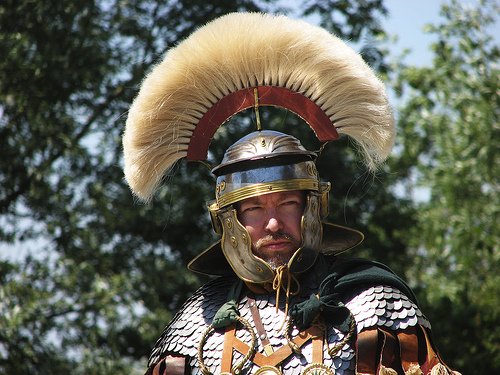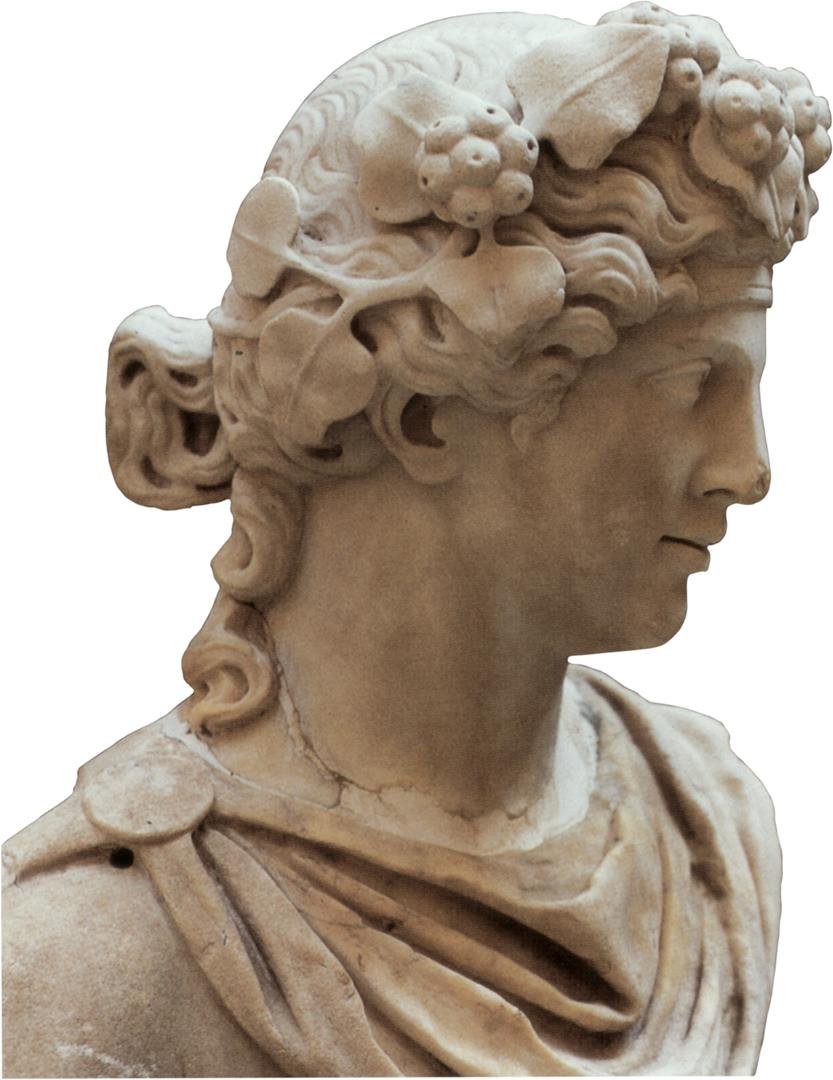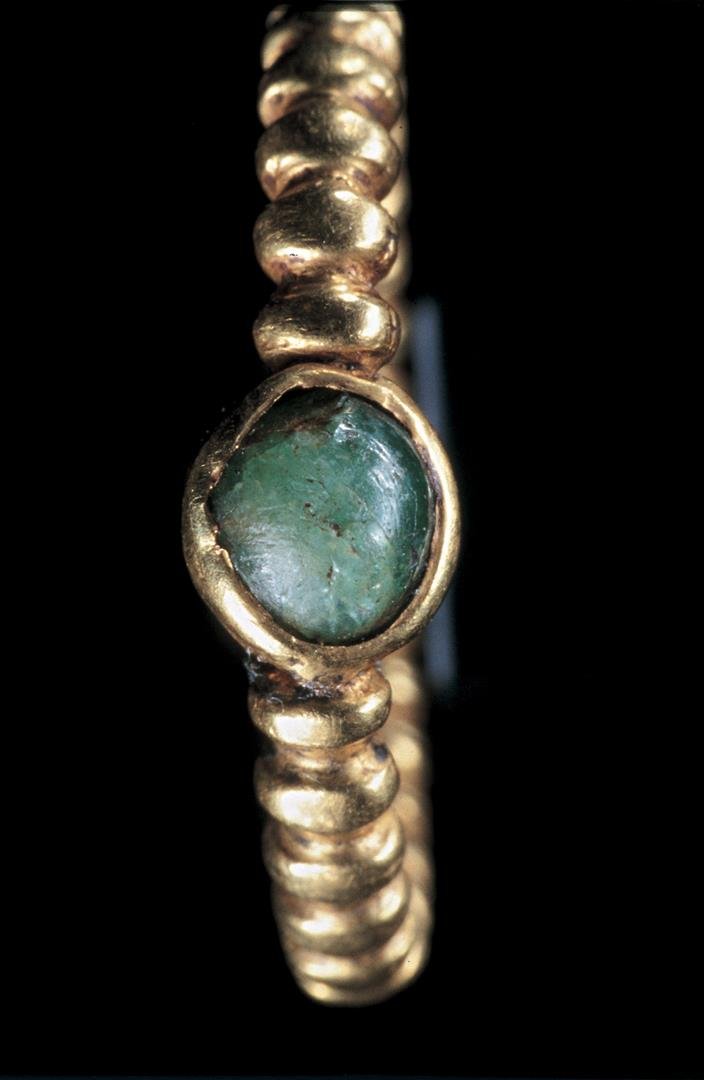Numerous marble sculptures, refined jewelry, authentic terracotta, cameo, glasswork and coins give a clear impression of religious perception, external care, housing, trade and politics at the time of the Roman Empire (27 B.C.-395A.D.). Attention is also focused on the Netherlands, through which the northern frontier of the Empire ran in those days.
Servants and Emperors
Roman Culture is brought to life through splendid mirrors, hair combs and dangling earrings that at the same time give a vivid impression of the way Romans were involved with outward appearance. Busts, coins and cameo show the rulers of the city, from August and Nero up to Constantine. Altarpieces, urns and ritual objects show religious perception and the belief in different gods amongst whom Hermes, the herald and messenger, and Bacchus, god of wine. Roman private life becomes visible through architectural models of an urban domus and a rural villa. Public life is also highlighted with gladiator fights, popular games and Roman bathing culture in the well-known Thermae.
Young visitors may acquire the fiercely desired Roman citizenship through exploring facets of Roman life and thus earning stamps in a passport especially designed for the occasion, dress up as a soldier, merchant or noble lady and explore Roman life.

A Roman lunch in the Kunsthal café
During the exhibition Imperial Rome the Kunsthal café serves a special lunch: Caesar Salad with a glass of wine and for children a special gladiator meal.
Concept and organisation
Contemporanea Progetti, Florence Italy
Sponsor
Eneco

